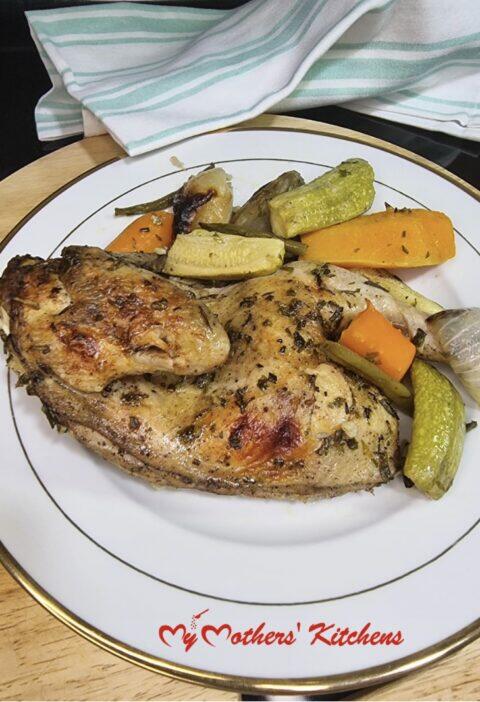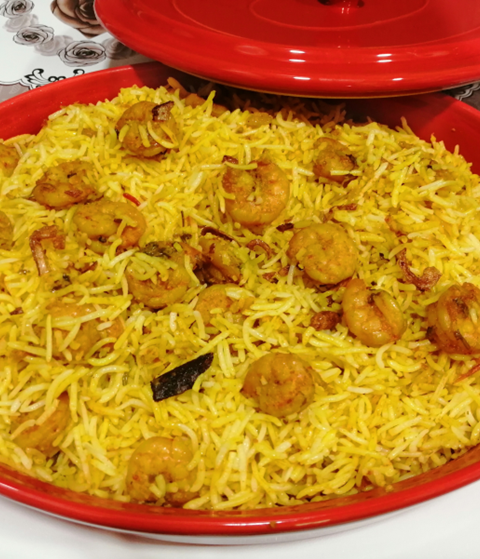How to Cook Beef Sinigang
What is beef sinigang?
Defining beef sinigang should be easy, by defining sinigang first. So, sinigang means any meat (red meat, poultry, or fish) boiled with souring agents – stress on “sour.” And souring agents can be tamarind, guava, lemon, lime, etc. Need I define beef sinigang then? You are right, I don’t have to.
Beef sinigang versus beef nilaga
The sour sinigang can easily be confused with nilaga. One major difference is the souring agent! Nilaga does not have the souring agent as the meat is practically boiled with water, a spice or two and vegetables.
And while we are here, another difference between sinigang and nilaga are the choice of vegetables. My kids declare that they cannot distinguish nilaga from sinigang until the food gets to their mouths! I told them the obvious – discern from the veggies! Sinigang has water spinach – which we replace with romaine lettuce – nilaga has cabbage. It is the most obvious.
Choice of veggies
The key vegetable ingredient for beef sinigang, and any other sinigang for that matter, is the water spinach or romaine lettuce, whichever is available. Then there are:
- Raddish – this provides a different kind of sour taste when used in beef sinigang; at first attempt and you feel like there is a clash in the “sour-ness” of the dish, you can omit raddish;
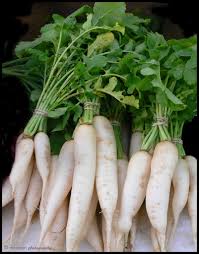
- String beans – green beans can take the place of this one; I have not tried any other beans, but the absence of very strong taste and the tenderness of these two types are the reasons they fit most with sinigang.

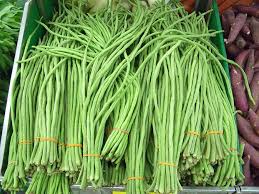
- Eggplants – not all sinigang have eggplants, that is what I used to know from my mother’s kitchen. However, one fine day, she and I had tried shrimp sinigang in the province of Batangas sometime in 1998; our eyebrows lifted about an inch higher for a few seconds. The next minute, we had both include eggplant to the repertoire of veggies fit for sinigang!

You can try throwing other vegetables in the sinigang pot – there is no harm in experimenting.
Secrets of best beef sinigang
Cooking meats with sinigang, other than beef, is easy. But beef sinigang is the best among these meats – except shrimp, which is not meat anyway! LOL!
The challenge in cooking beef sinigang is the amount of time to tenderize the meat. If you intend to use the pressure cooker for this dish, the best way to achieve the taste into the meat is to include two quartered onions with the meat in the pressure cooker. Without the onions, the meat tends to have a bland taste of its own against the taste of the “sabaw” (broth).
Print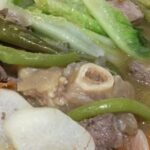
Beef Sinigang
- Yield: 3 1x
Description
To your taste – Beef Sinigang
Ingredients
- 1.5 k beef chunks (bones-in)
- 1 medium-sized tomato (quartered)
- 1 medium-sized onion (quartered)
- A handful of fresh tamarind
- Salt to taste
- Green or string beans cut to 3” pieces
- 1 medium-sized raddish (sliced thinly)
- 1 medium-sized eggplant (sliced thinly)
- 1 bunch of kangkong or romaine lettuce
- 5 tbsp patis (optional)
- 2–3 serrano chilis
- 5 cups water
Instructions
- Put onion, tomato and beef in a casserole and let boil till meat are soft – about an hour and a half. Alternatively, use pressure cooker.
- Add the tamarind and salt, boil for another 10 minute or until the tamarind starts to break apart. Do not overdo.
- Scoop the tamarind in a bowl, add about a cup of soup water then mash. Strain the tamarind onto the casserole/pot and discard the skin and seeds.
- Add the string/green beans, chili, raddish and eggplant and simmer till vegetables are done.
- Add patis (if using) and kangkong. Cook for half a minute and remove from fire.
Notes
You may prefer to add the string/green beans when the other vegetables are halfway done, so that the beans are not overdone.
Patis adds character to the taste of sinigang, so I use it. However, if I were to use instant mixes (which are readily available in the local market), I delete salt and patis in the recipe.





